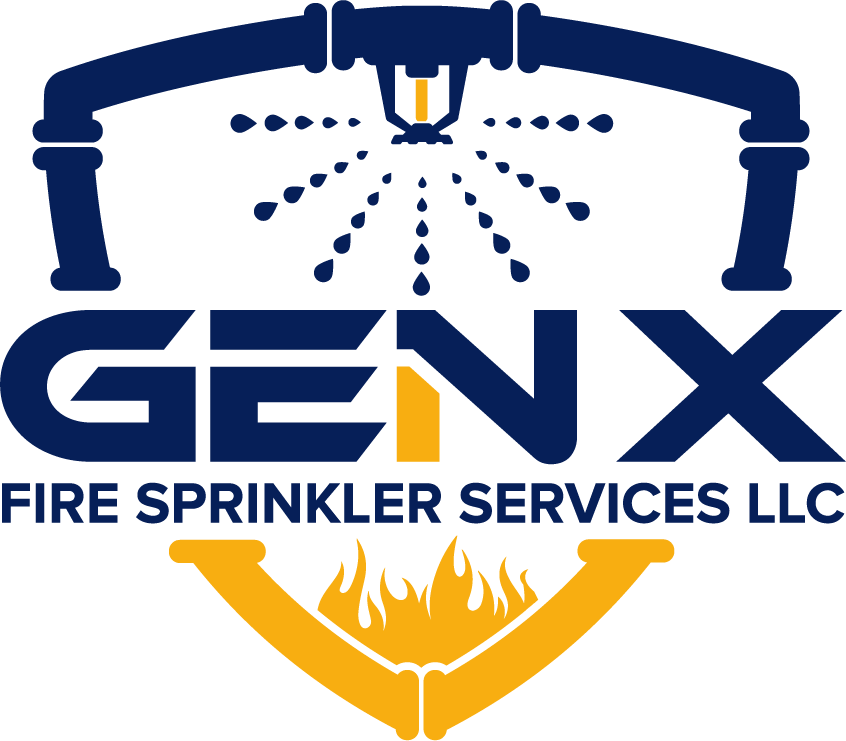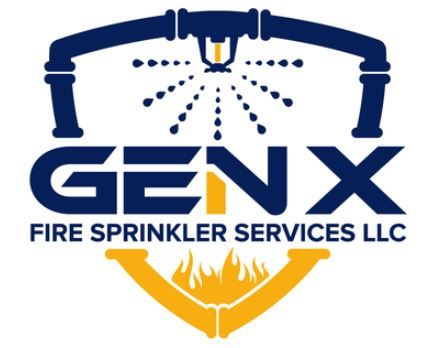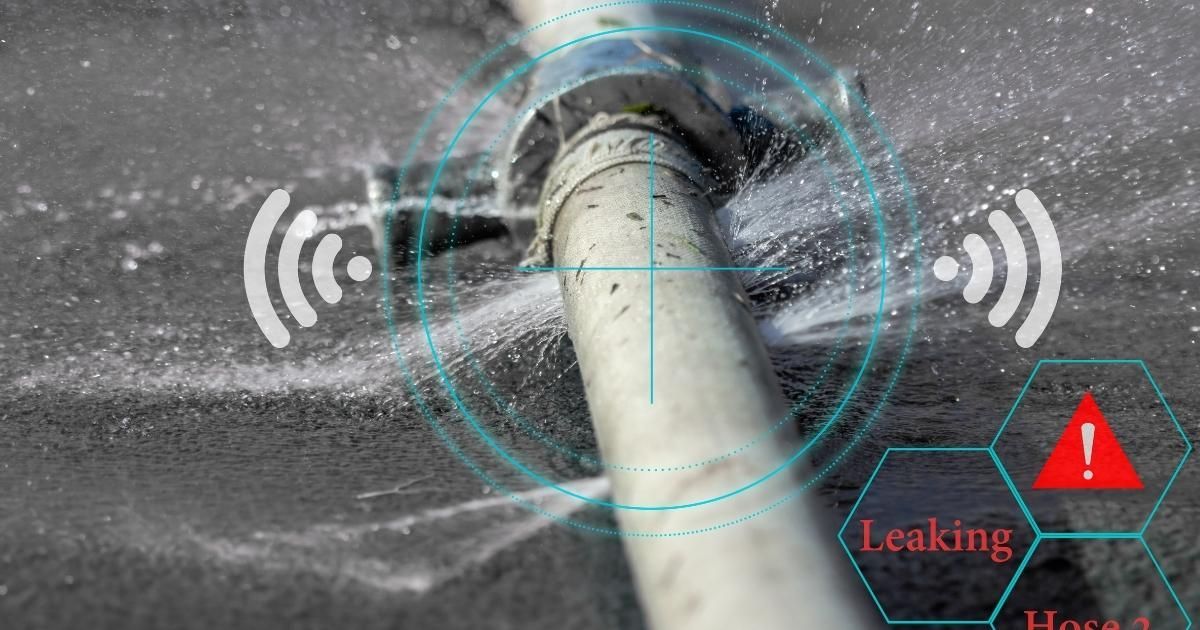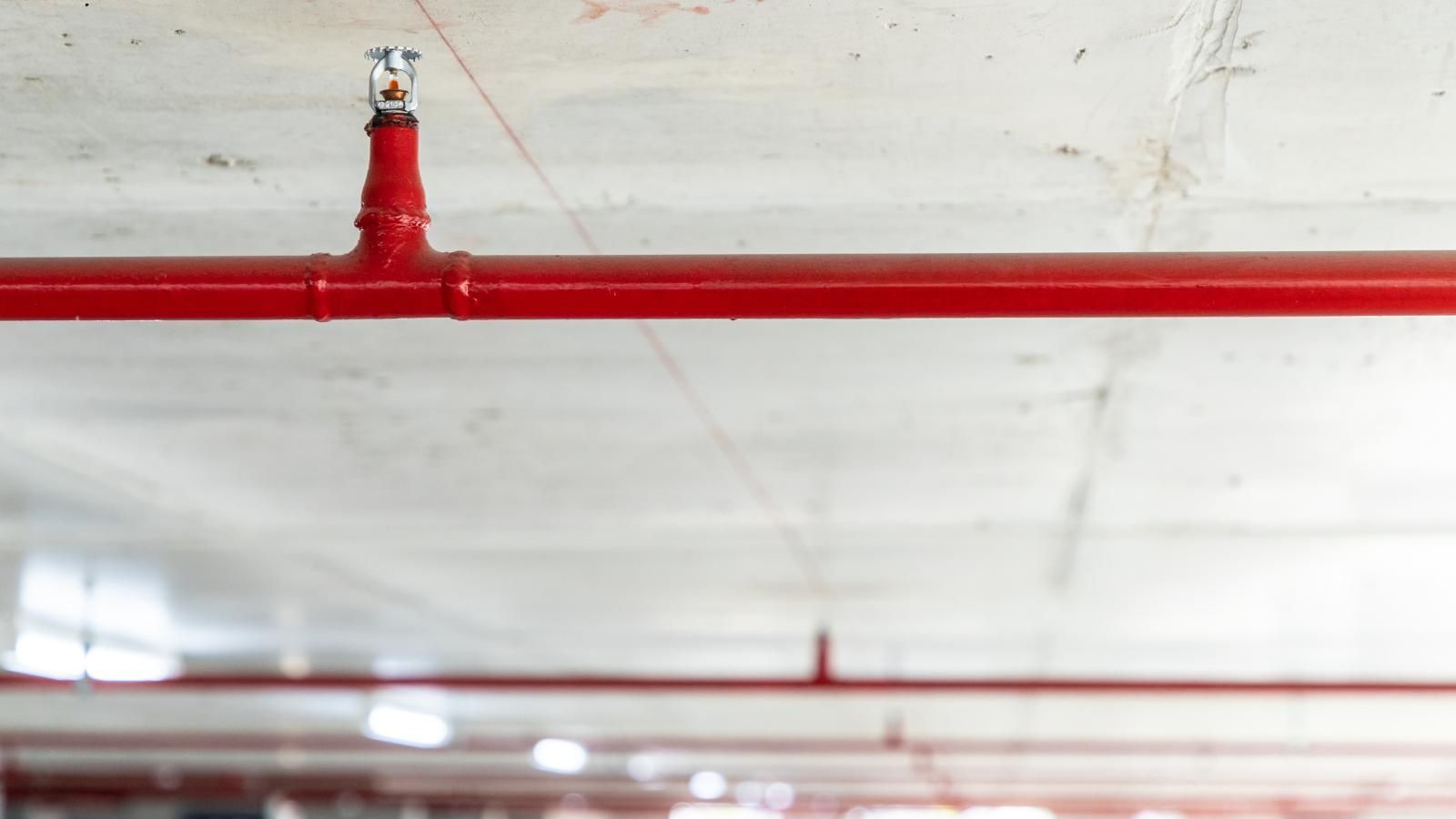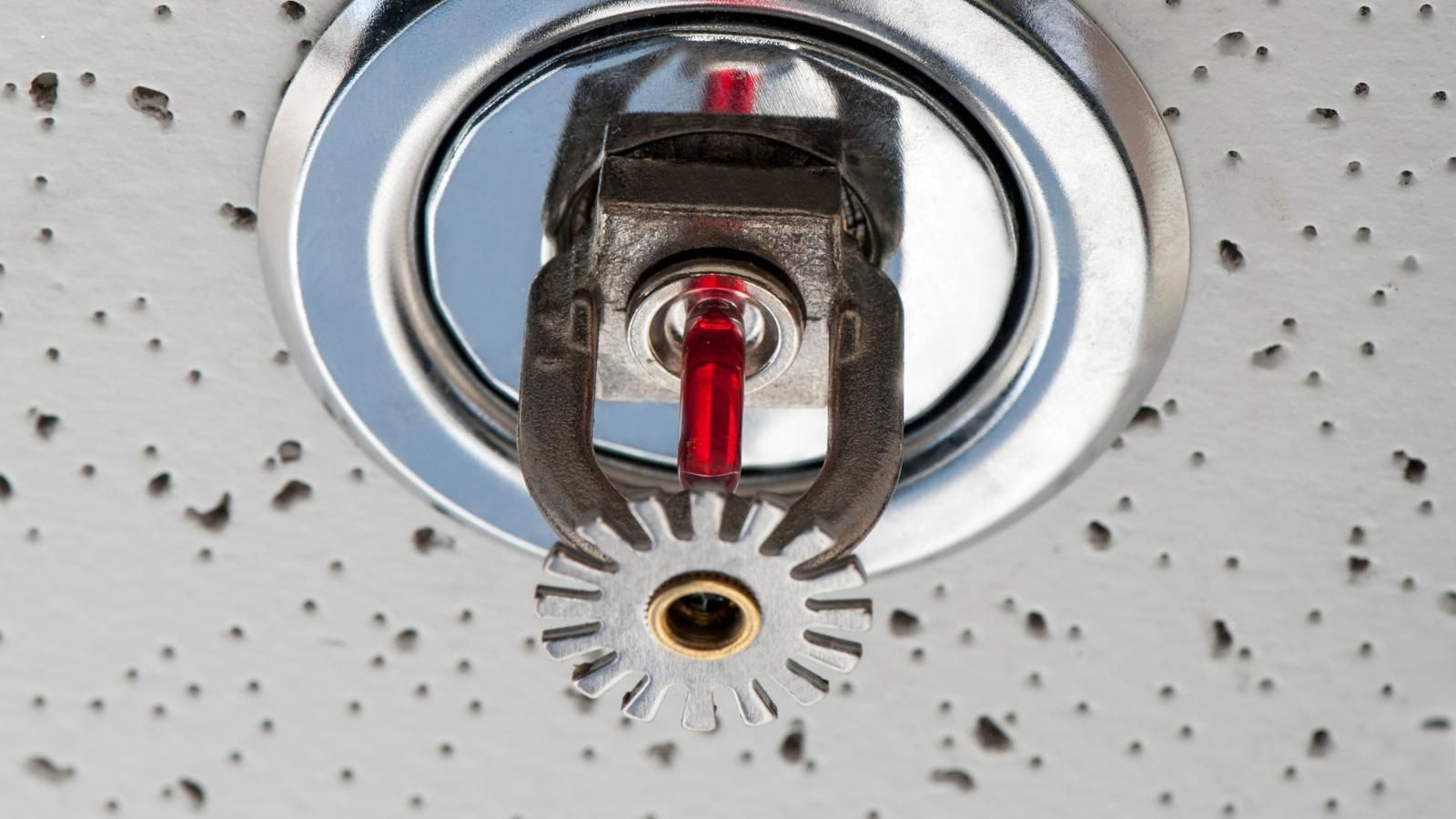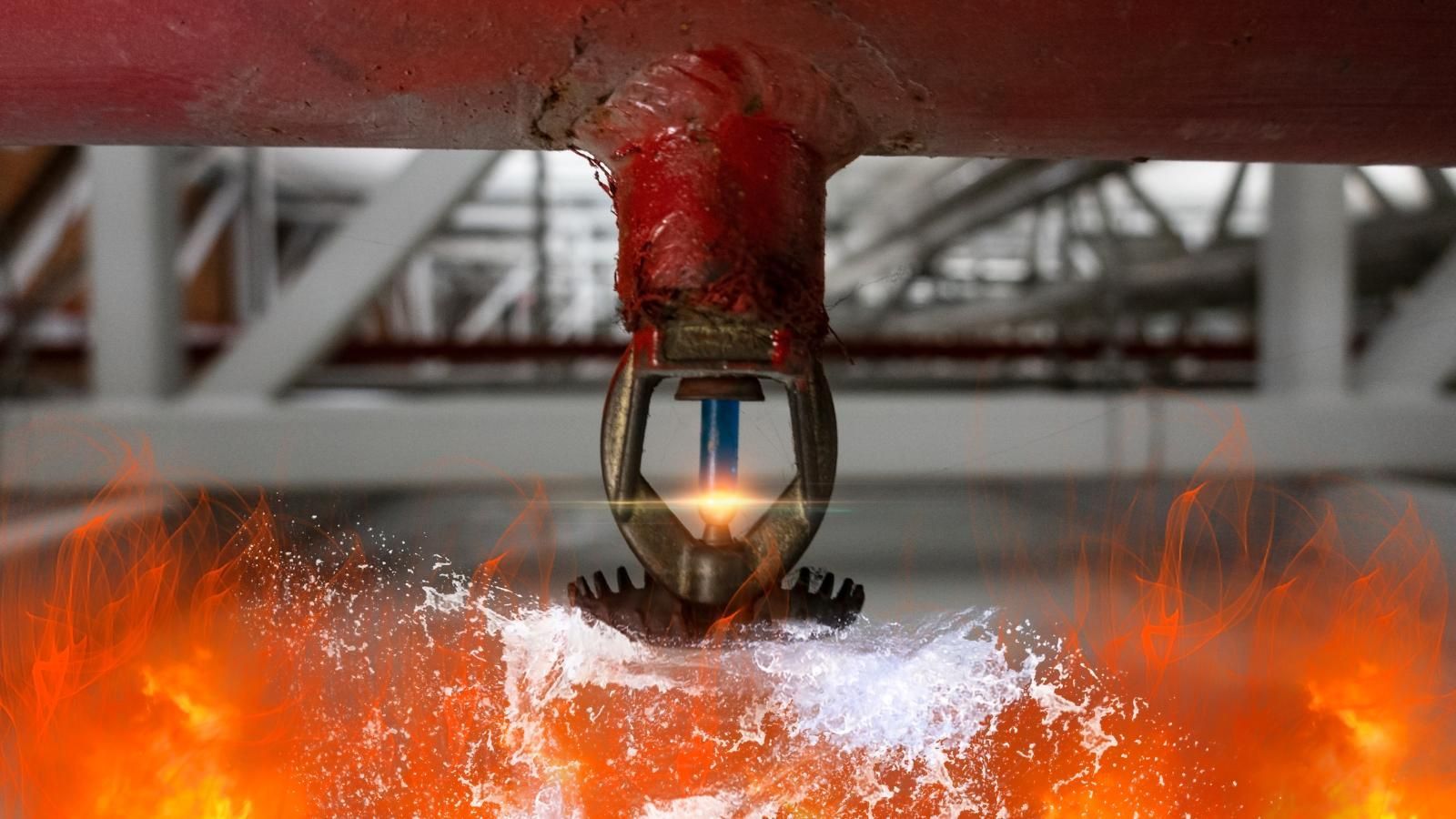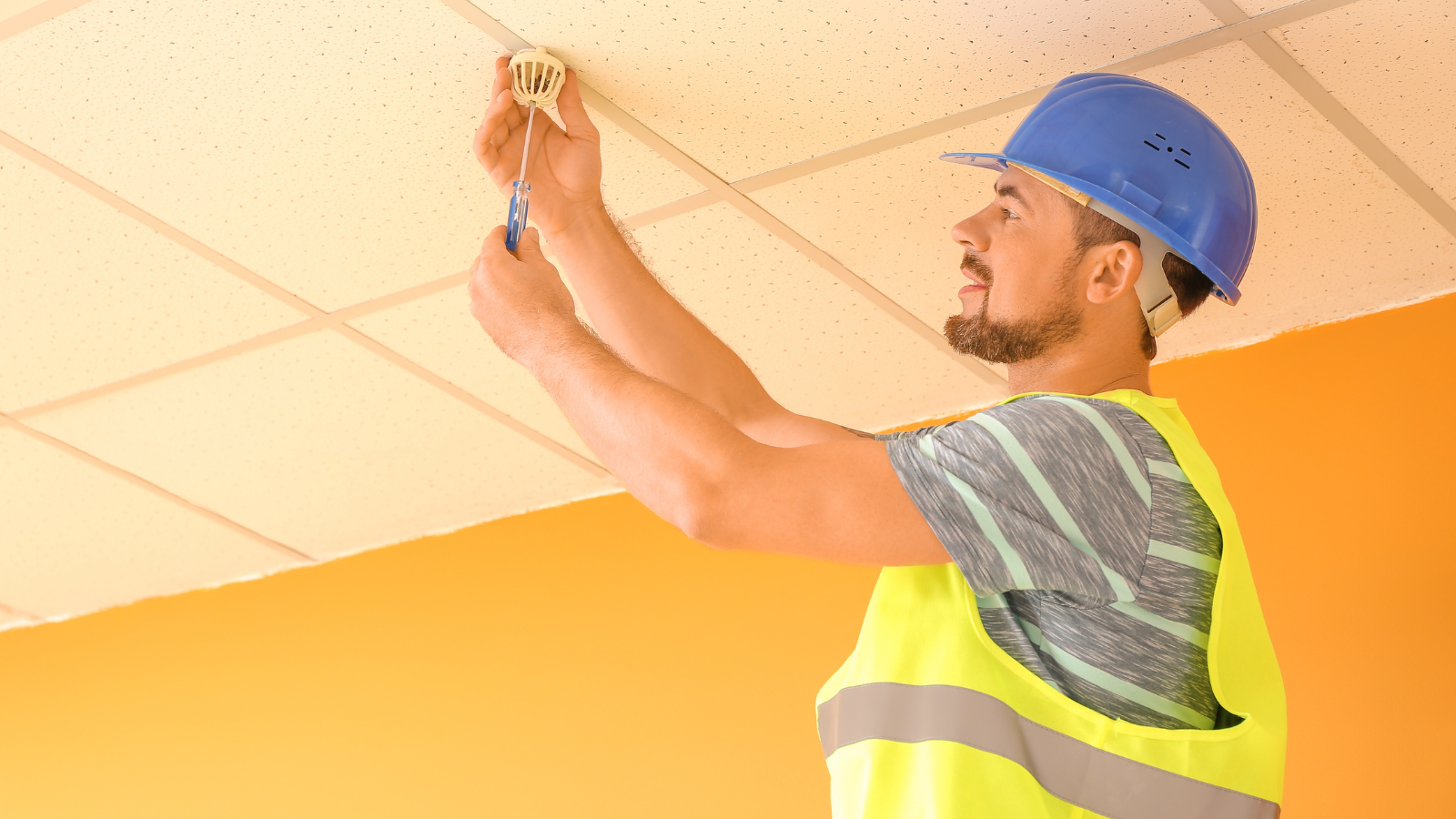Annual Vs 5 Year Fire Sprinkler Inspections | What to Know
A fire sprinkler inspection is a safety and compliance measure that saves lives, reduces liability, and protects your property. It’s important to understand the differences between annual and 5-year inspection requirements for maintaining insurance coverage and ensuring your fire protection system functions as designed when needed. Insufficient inspections can result in costly fines, system failures, or inadequate protection during emergencies. This article will discuss the inspection schedules and what’s included with each type, so that property managers, facility directors, and business owners can be confident, compliant, and protected.
In this post, we will cover:
Preventive Maintenance Is Key to Passing All Inspections
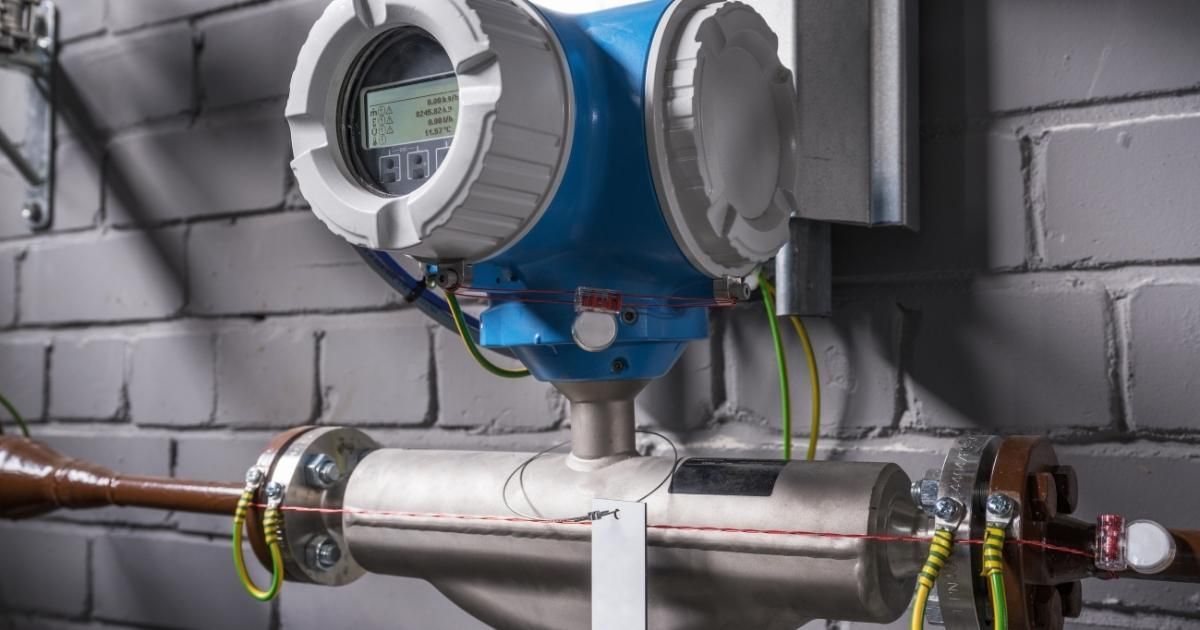
Diligence with regular fire-year sprinkler inspections ensures your system passes both annual and five-year inspections without headaches. A yearly inspection checks for operational readiness and visible wear, while a 5-year inspection tests internal piping conditions and system functions that are not easily detected.
Catching and correcting minor problems early prevents major issues later on. Your diligence in maintaining detailed documentation proves to inspectors – and insurance providers – that you comply with all safety matters.
What Happens During an Annual Sprinkler Inspection?
An annual fire sprinkler inspection ensures your system operates optimally and code-compliant throughout the year. Inspectors begin with visual inspections, then test the control valves, and subsequently check the system pressure readings. They’ll ensure that all components, such as sprinklers, pipes, alarms, and gauges, are free of obstructions, corrosion, or physical damage and function properly.
The technicians document all their findings, noting irregularities or needed repairs. This is your official fire protection record for insurance companies.
Monthly, quarterly, annual, and five-year fire sprinkler inspections work together for successful outcomes.
Monthly checks look for closed valves or signs of damage. Quarterly inspections test the functioning of the alarm system and water flow. An annual inspection ensures the system is performing well and helps set the stage for success at the five-year mark.
What to Expect in a 5-Year Fire Sprinkler Inspection
A 5-year inspection is a detailed and thorough internal pipe evaluation. Technicians thoroughly inspect the internal components for signs of corrosion, obstructions, and microbial growth that could hinder water flow in an emergency. The techs will remove any obstructions found in the pipe and clean and lubricate valves that need attention. They will also perform detailed testing of components such as deluge valves, pressure-reducing valves, and standpipe systems not included in annual inspections. The 5-year fire sprinkler inspection is crucial for protecting your building (and those in it) in the case of an emergency.
Tips to Prepare for Any Fire Sprinkler Inspection
Inspection-ready tips:
- Maintain a regular schedule: Keep your system inspection ready with monthly visual checks, quarterly tests, and annual maintenance.
- Partner with certified fire protection inspectors: They will detect problems before they become violations and validate your system as code-compliant.
- Prepare for inspections: Keep valves accessible and pipes free of clutter or debris. Regular cleaning will help detect any issues with your fire sprinkler system.
- Maintain documents: Maintain digital logs and service records to track past maintenance and to demonstrate your compliance and diligence to inspectors and insurance companies.
How Often Do Fire Sprinkler Systems Need to Be Inspected?
The National Fire Protection Association (NFPA 25) states that the frequency of fire sprinkler inspections depends on the component tested and the type of building it is in. A mix of daily, weekly, monthly, quarterly, annual, and 5-year inspections is recommended to stay compliant and to keep your system working optimally.
To clarify terms, there’s a difference between “inspection” and “testing. Inspections refer to visual checks verifying that the system components appear to be in good condition. Testing involves checking functions, like activating alarms or measuring water pressure.
A maintenance schedule would look like:
- Daily/Weekly: A visual check of control valves and system gauges.
- Monthly: Inspection of gauges and confirmation of system visibility and accessibility.
- Quarterly: Test water flow alarms, tamper switches, and other mechanical features.
- Annually: Schedule a comprehensive inspection of all system components.
- 5-Year Fire Sprinkler Inspections: Perform internal pipe inspections and more in-depth functional tests.
Following the above schedule ensures that small problems are addressed early and sets your system up for passing inspections.
Stay Ahead of Inspections with a Proactive Maintenance Plan.
Protect your property, people, and peace of mind by staying current with annual and 5-year fire sprinkler inspections. With routine maintenance, the risk of costly repairs, system failures, and insurance issues is greatly reduced.
Now is the time to be proactive. Whether you’re due for your next annual inspection or preparing for a 5-year check, having a reliable partner makes all the difference.
GenX Fire Sprinkler Services LLC proudly serves property owners throughout Johnson County - including Shawnee, offering expert inspections, reliable maintenance, and friendly service to keep you safe and compliant.
Schedule a consultation or service visit today – and stay one step ahead of your next inspection. 816-409-1389.
